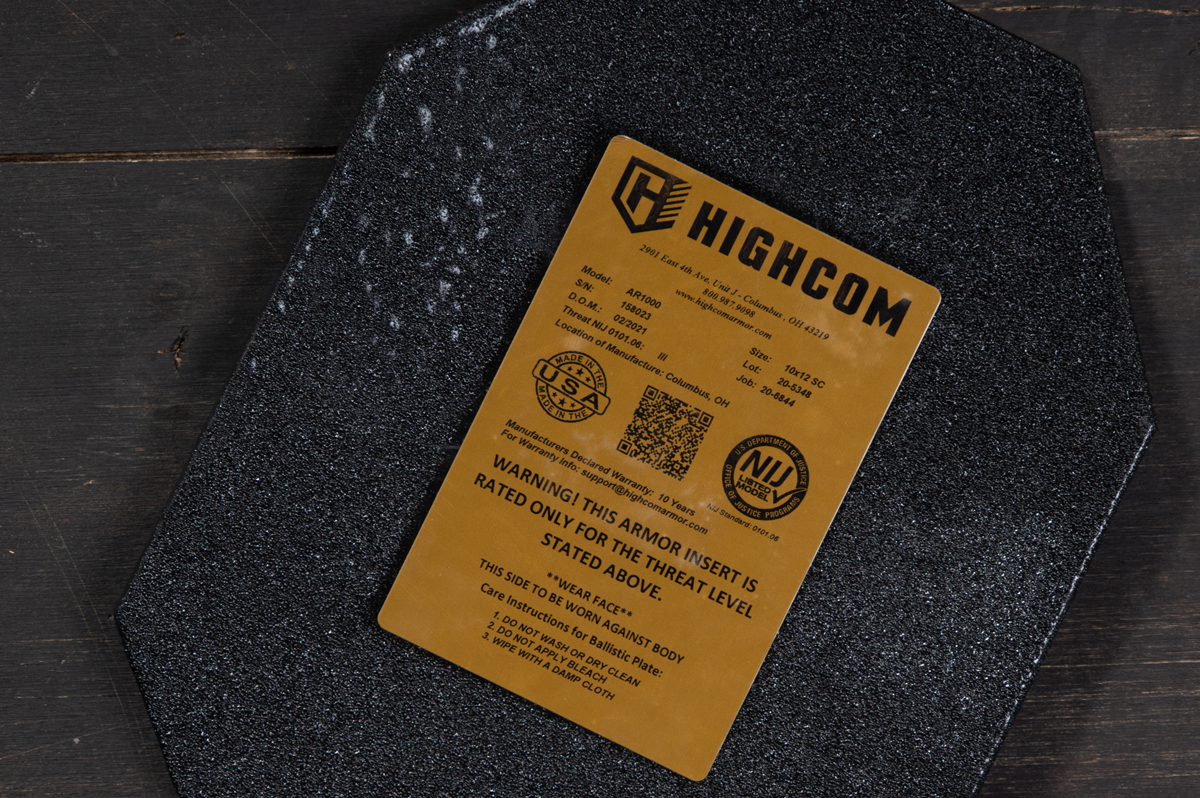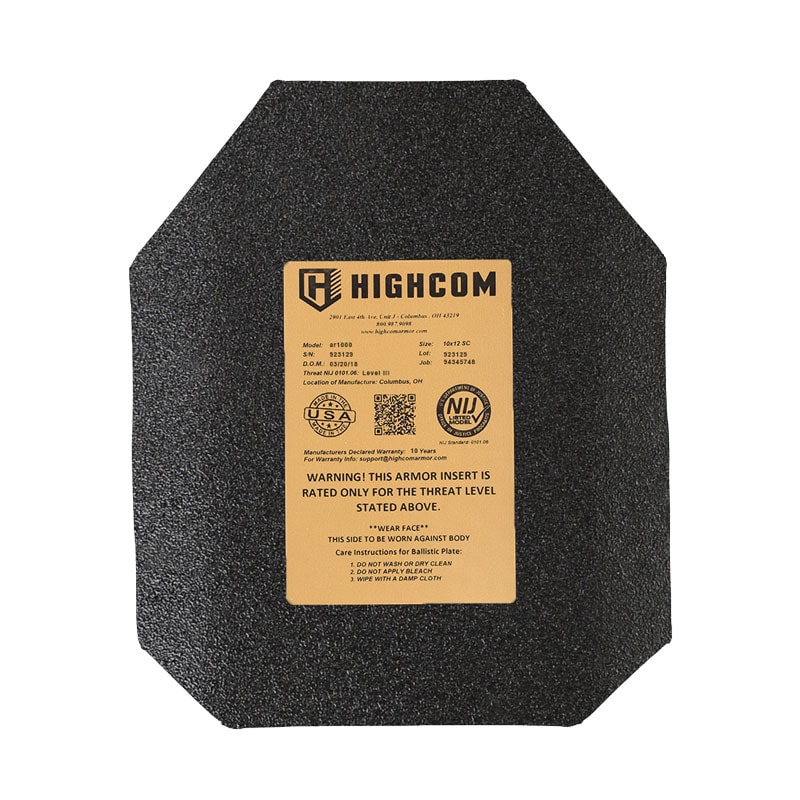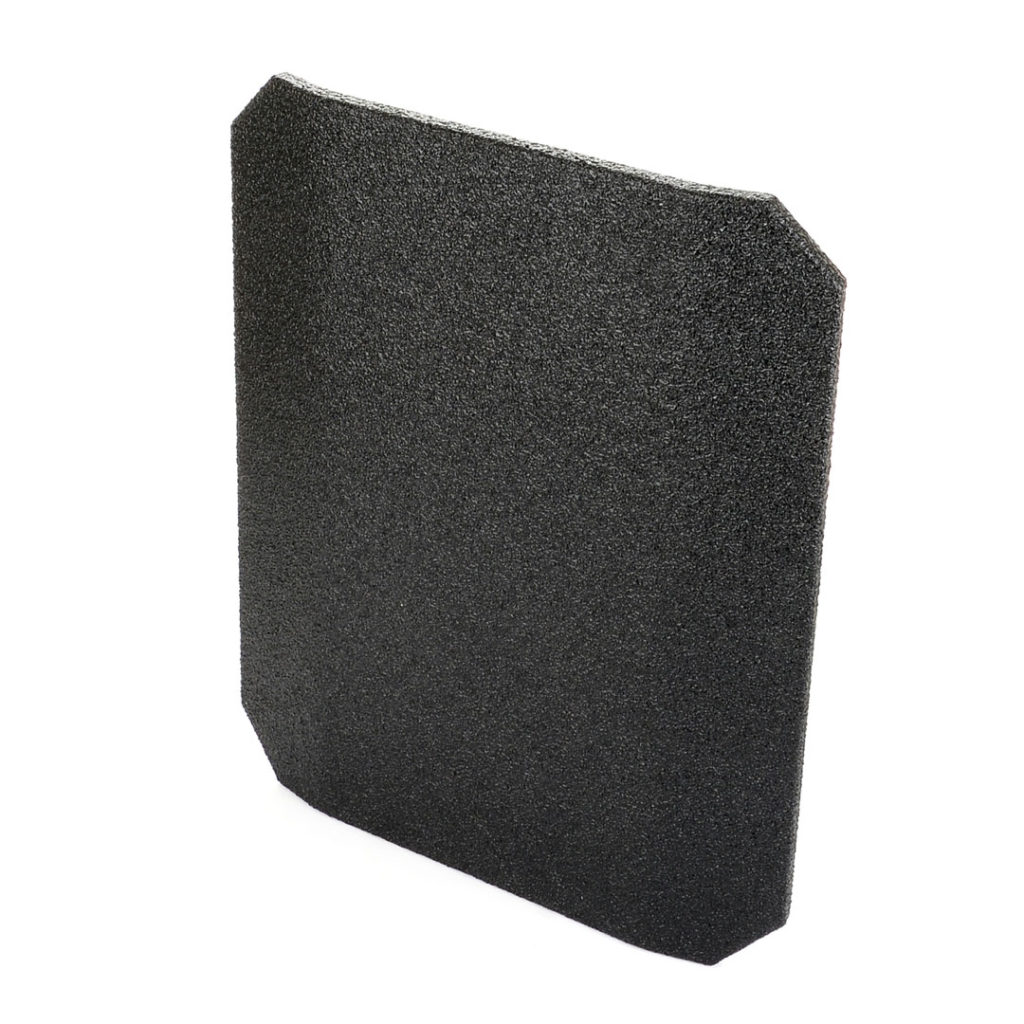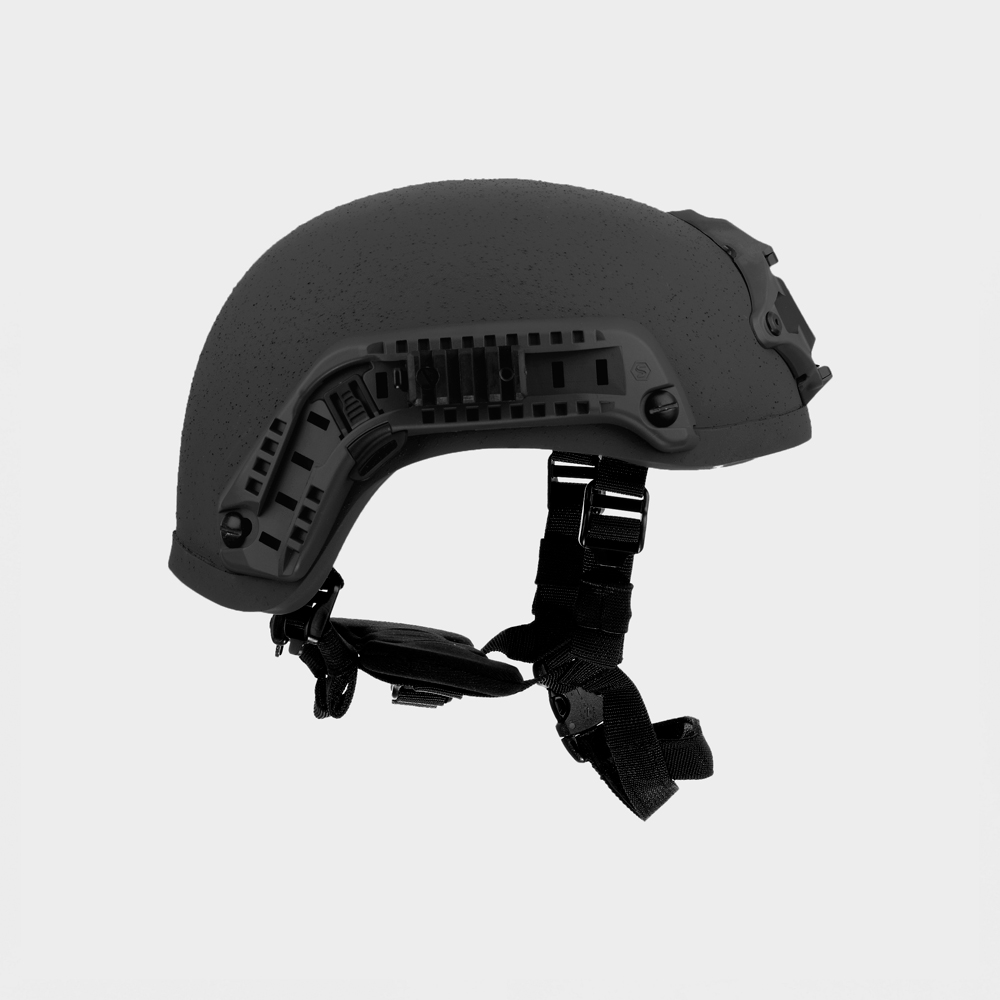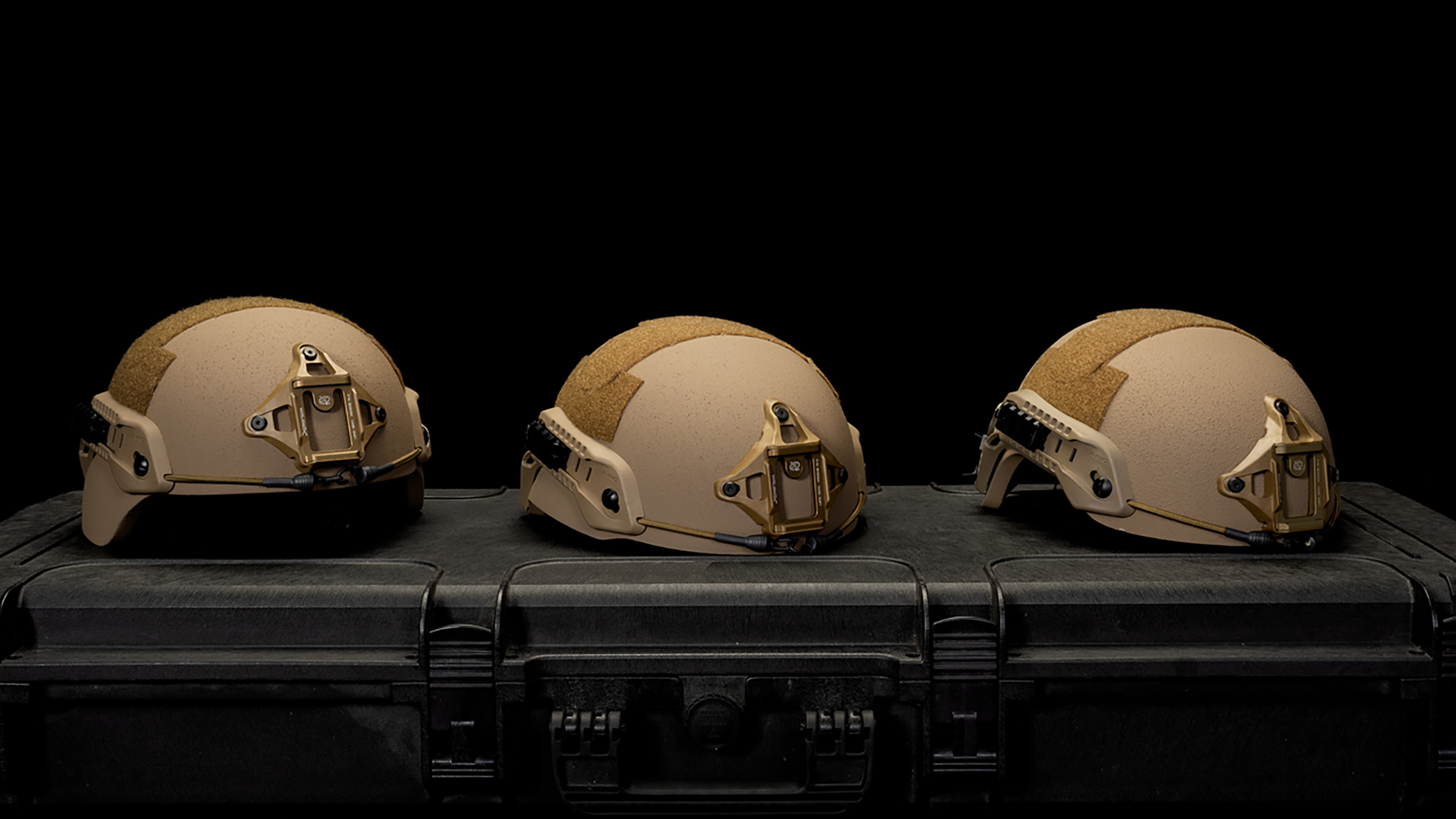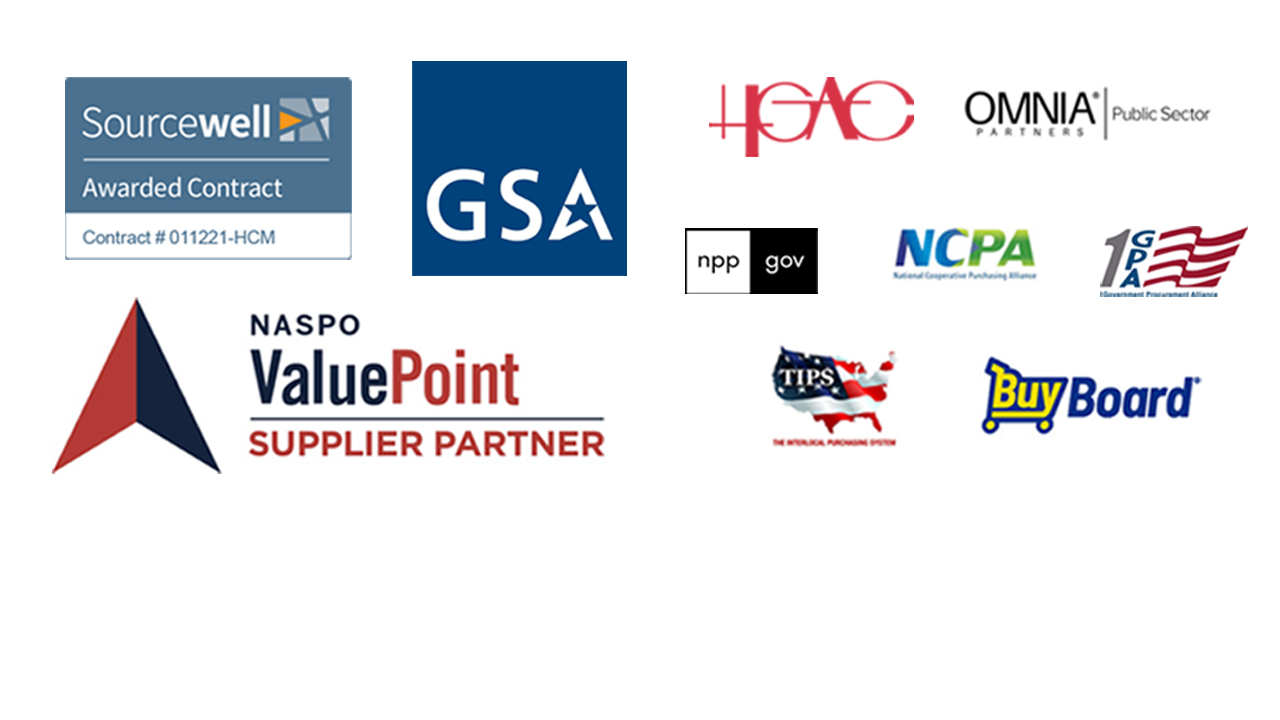HighCom Answers Police Call for Rifle-Rated Armor Plates
In July 2017, Commander for the Training Division of the Charleston Police Department in West Virginia, Sergeant Chris Johnson, and his department were among several police departments around the United States considering rifle-rated body armor for its officers. When Charleston City Council approved the purchase of $114,000 in body armor, equipment, and medical trauma supplies for the department, Sgt. Johnson knew they would require stronger body armor following yet another tragedy in the country where in Dallas, a man wielding a rifle killed five officers and wounded seven.
Now, no longer deployed just by SWAT and Military, Law Enforcement agencies all over the country have responded to these changing threats with an increased demand for life-saving rifle-rated protective armor for their patrol officers.
Charleston Police Department became one of those agencies. Yet its requirement for rifle-rated armor was going to have to exceed industry standards, and the bullet-resistant plates were going to get tested far beyond their usual limits.
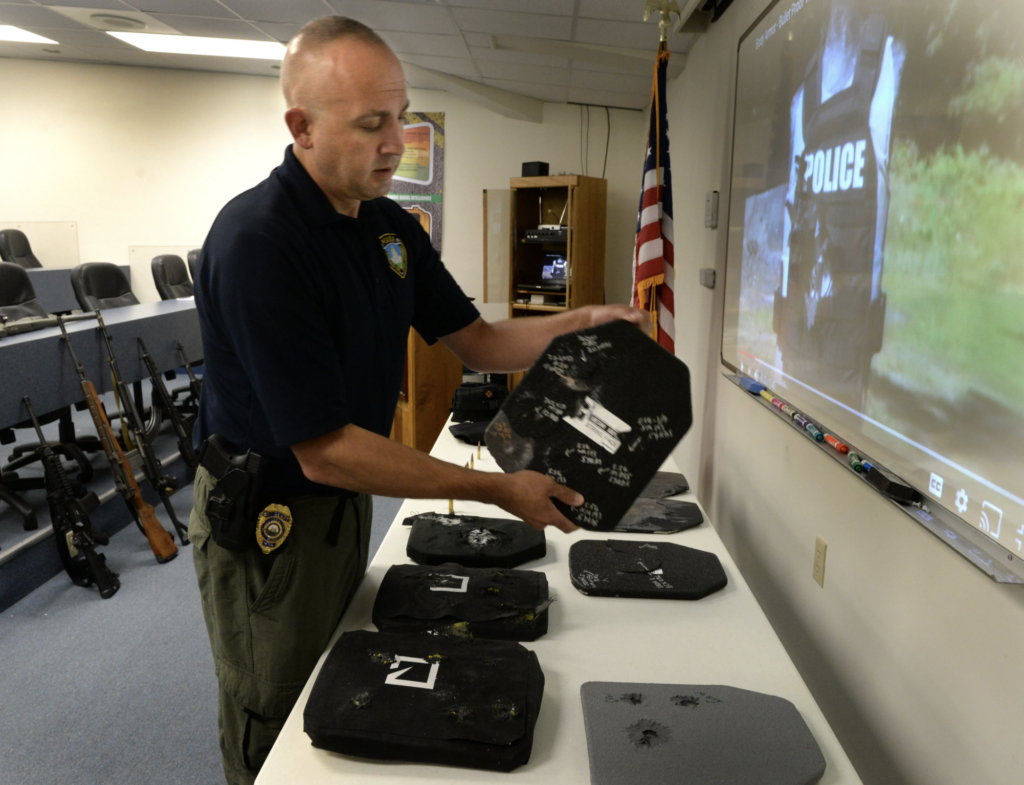
Charleston Police Sergeant Chris Johnson inspecting rifle armor plates. Image Credit: Charleston Gazette-Mail
Challenge
Five body armor companies submitted samples to Sgt. Johnson’s team for testing to determine if the armor plates could withstand conditions the department required to not only stop rifle threats, but stop high-velocity ammunition at a very close distance. Among the five companies, HighCom Armor presented its Guardian AR1000™ hard armor plate for testing. The AR1000 is a lightweight, stand alone plate providing Level III+ rifle protection engineered from Ultra High Hardness armor steel (UHH) and covered in a polyurea ballistic fragment anti spall coating Rhino Extreme™ 11-50.
Put to Test
To test the submitted armor samples to their limits, the team clamped rifles to a table and fired them using a 100-foot paracord as a chronograph to measure the speed of each bullet, and a ballistic shield protected the officers from the shrapnel coming off the armor plates.
The National Institute of Justice (NIJ) ballistic standard requires body armor to stop a bullet from 50 feet away, but Johnson’s department said, “Most police officers find themselves within about 20 feet of their attacker.” They needed to test the limits for the worst possible scenario and set up testing the armor from a mere 15 feet firing range. “Some plates didn’t hold up,” Johnson said. “I’m sure they probably would have at the testing levels of NIJ standards, but not our standards.”
While certain bullets ripped through the other sample plates, the same ammunition left only a slight dent in HighCom’s AR1000 Level III+ plate. Taking the scenario to the extreme to compare other plates against HighCom Armor’s, “We even tested Level IV plates, which is the highest level of protection and what we have now, or what we’re getting now; it surpassed that,” Johnson stated.
Based on what testing was demonstrating, Johnson had some suggestions for HighCom and spoke with CEO/President, Mike Bundy that evening. The next day, a new prototype plate arrived in the mail.
Solution
As with many concerns with body armor, Johnson’s highest concern was with the spall or “shrapnel” that gets created as a bullet makes an impact with something like a metal plate. “When the bullet hits the metal, it fragments,” Johnson said, “and those fragments are high-velocity little shards of metal, just like a grenade.” This is where the protective polyurea ballistic fragment anti-spall coating Rhino Extreme™ 11-50 is a critical component of HighCom’s steel plates, as it prevents the occurrence of spall when a bullet makes contact with the plate.
HighCom Armor went on to send several additional prototypes, and following rounds of testing and suggestions between the two teams, they worked towards the ultimate goal of creating a plate that could perform to the Charleston Police Department’s intensive high standards and requirements for body armor worn by its officers.
Johnson’s intensive testing and expectations on armor protection gained attention at Law Enforcement agencies in West Virginia and surrounding states, while his input on the evolving design and re-test of the prototypes ultimately helped HighCom Armor create a final plate design officers in Charleston could confidently wear to protect against close-range rifle threats.
“Although we’re a for-profit entity, our #1 focus is protection,” Bundy said. “We build a lifesaving product, so we really try to work hard with our partners to deliver a solution as quickly as we can.”
Established in 1997 in the Bay Area of California, HighCom Armor is based in Columbus, Ohio, and sells body armor to customers worldwide. With millions of armor deployed since, HighCom Armor is honored to report its commitment to producing some of the most advanced ballistic armor in the world that still today, has never had a failure, a penetration, or a recall.
The Guardian AR1000 is NIJ Standard 0101.06 Certified and can be found on the NIJ’s Compliant Product List (CPL).
Rifle-Rated Armor Necessity
Rifle Armor has been in deployment primarily for Military and Law Enforcement special tactic units for defeating long rifles and larger caliber and higher velocity rounds for many years. While most of Law Enforcement has relied on armor protection, designed to defeat handgun threats up to 9mm, .357, and 44 mags, today, there is a clear and present danger in domestic urban or rural settings as Law Enforcement and First Responders come up against higher velocities and long rifle threats in the form of AR15, AK47, and various hunting style rifles utilizing common .223, 5.56, 7.62, .308, 30.06 and other high-velocity and penetrating rounds.
Original story first published in the West Virginia Gazette-Mail, July 19, 2017, updated November 22, 2017 by Giuseppe Sabella
Interested in Learning More?
Check out:
- Guardian AR1000™ Level III+ Stand Alone Steel Plates
- Blog Post: The Truth about Spall Protection
- Blog Post: 8 Reasons Why HighCom’s AR1000 is the Best RIfle Armor Insert on the Market
For information on where to buy, visit our How to Buy page or contact us at [email protected].

